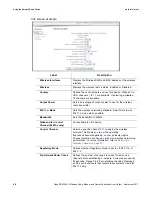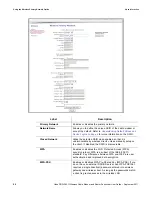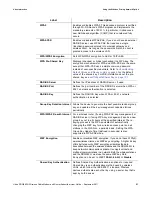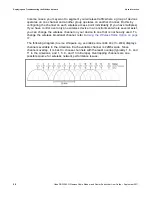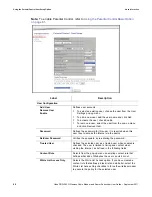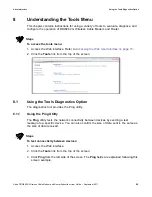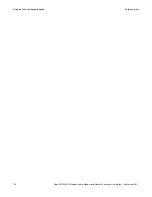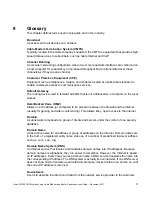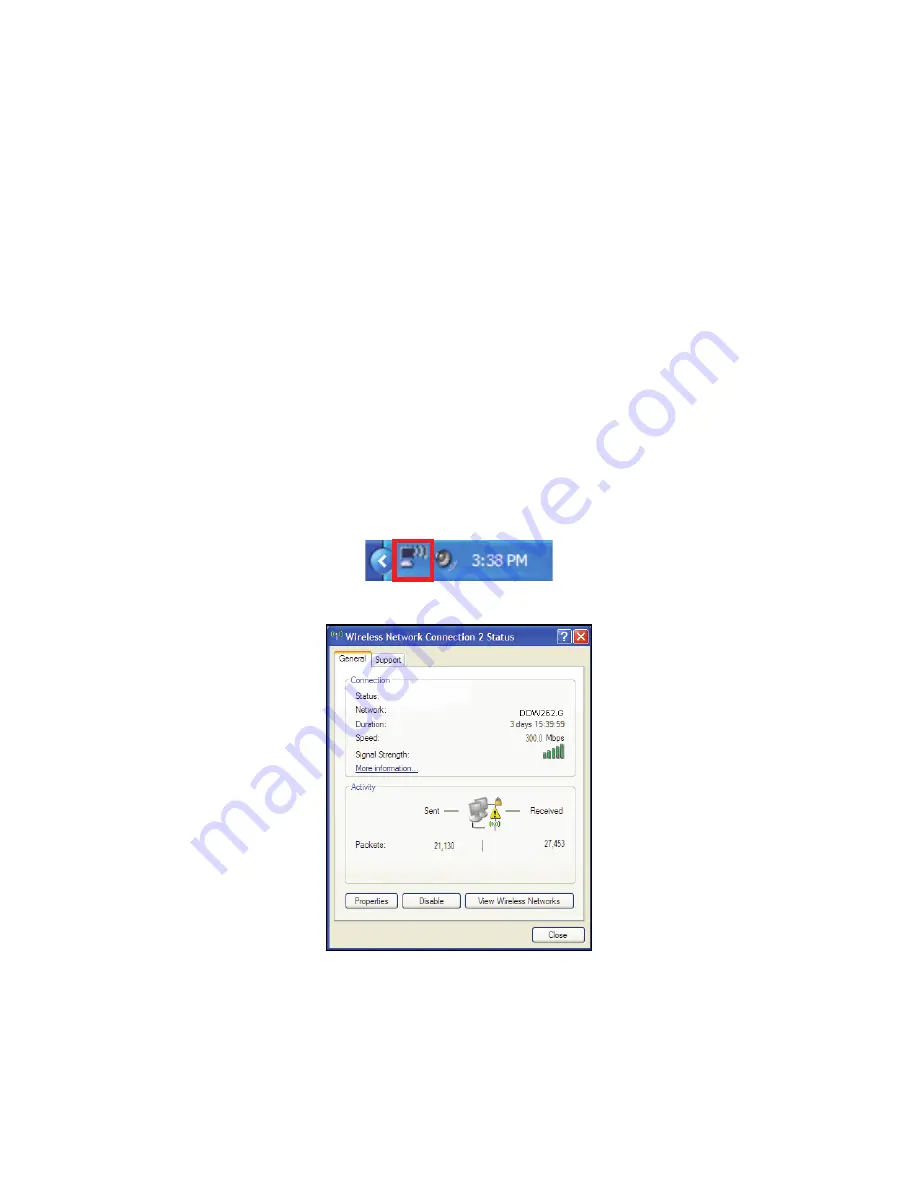
Ubee Interactive
Deploying and Troubleshooting the Wireless Network
Ubee DDW262.G Wireless Cable Modem and Router Subscriber User Guide • September 2011
57
5. Using the attenuation value from the materials table above, enter it in the following
formula.
Formula:
(Transmit Power,
use -30dBm
)
–
(Receiver Sensitivity,
use RSSI value
)
=
Allowable
Free Space Loss
Allowable Free Space Loss
÷
Materials Attenuation Value
=
Optimal Distance in Feet
Between the Cable Modem and a Wireless Client
Example:
(-30dBm)
-
(-67dBm)
=
37dBm (allowable free space loss for a 54Mbps connection)
37dBm
÷
.24db/foot (for open space)
=
154.16 feet
6. Once you know the optimal feet distance between individual wireless clients and the
wireless cable modem, you may resolve and prevent some performance issues.
7. To check the wireless signal strength and speed, use the following steps for a
Windows computer connected wirelessly to the wireless cable modem. If the wireless
computer is not connected, refer to
Connecting Wireless Devices on page 12
.
Double-click the Wireless networking icon in the system tray.
Review the speed and signal strength in the status window.
Selecting a Wireless Channel
In some environments it may be necessary to change the wireless channel on which the
wireless cable modem operates, such as computing, test, and other environments where
there can be several wireless access points operating in the 2.4Ghz range.






